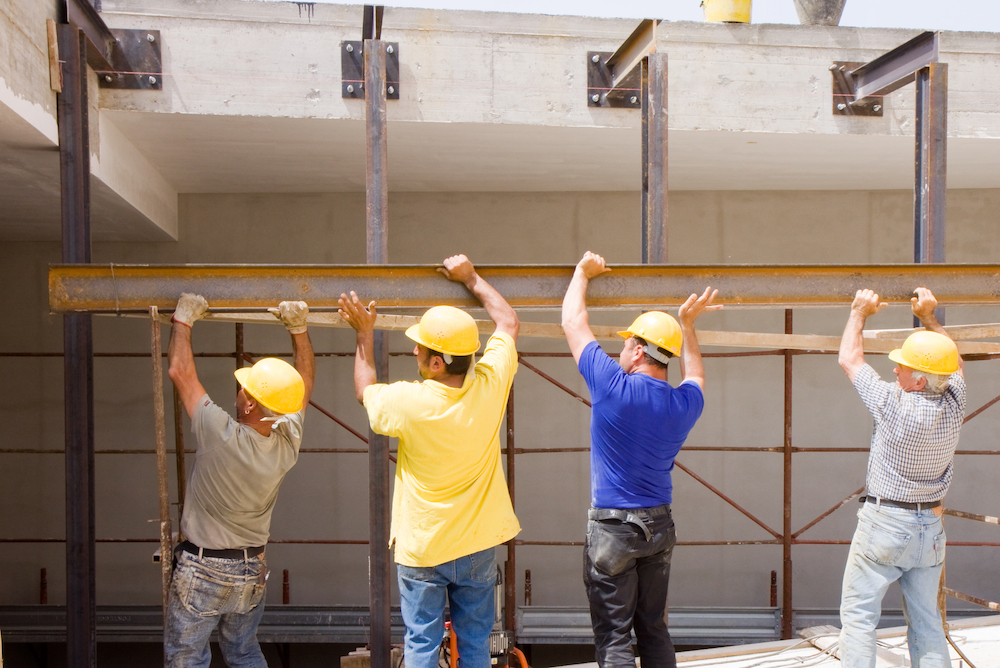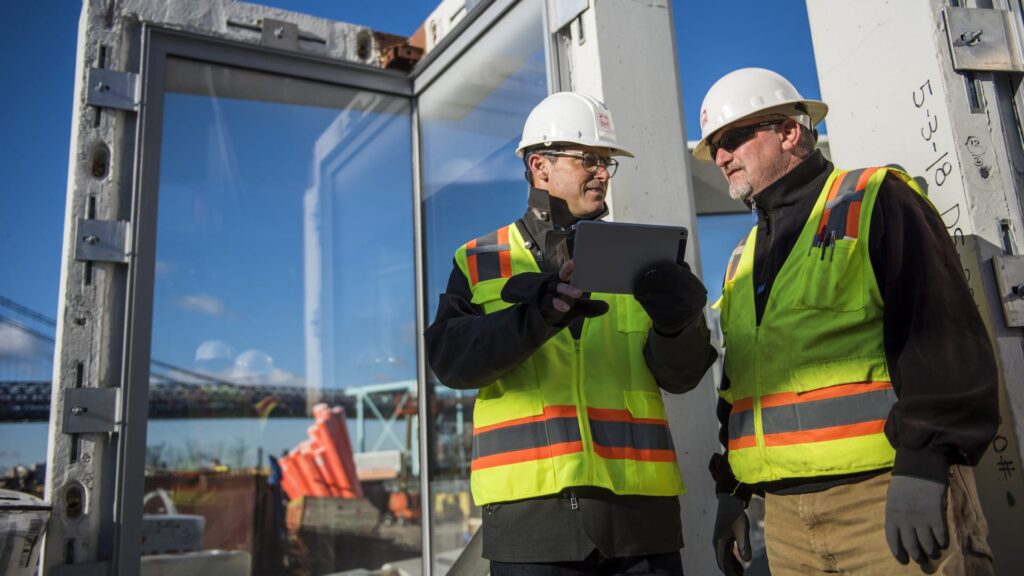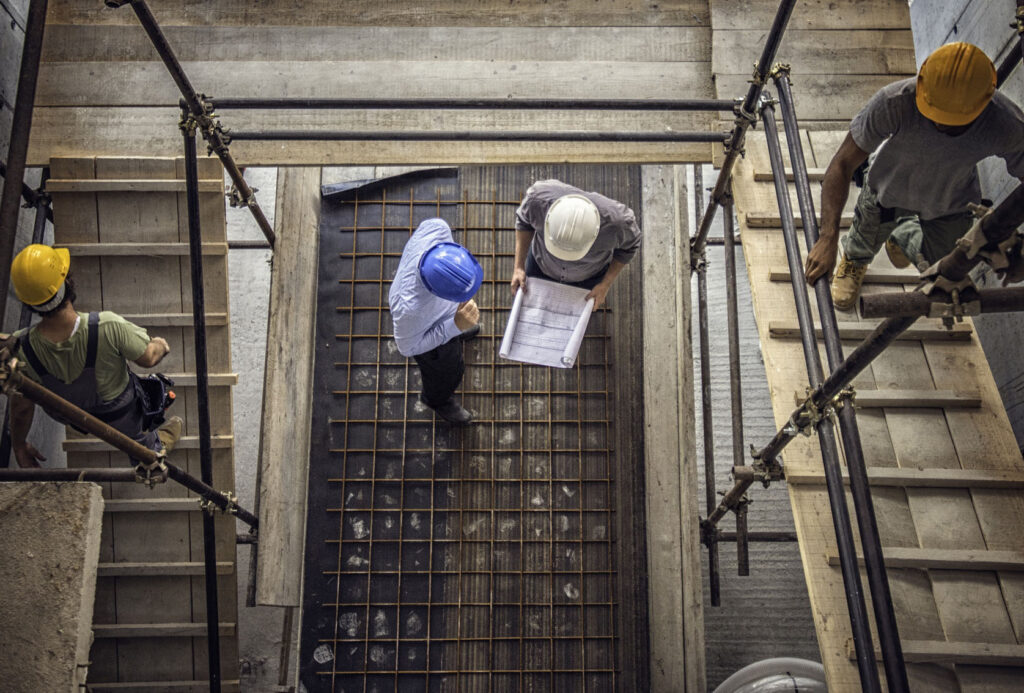
A construction schedule is a work plan that includes a list of activities and the start and end dates of these activities. A schedule guides the contractor on what is required at each step. This work plan is important because quantity surveyors can create the bill of quantities, and the project owner will know if the deadlines are realistic.
A construction schedule also guides project managers because they know the sequence of tasks to follow. Other advantages of a construction schedule are:
- Contractors can use it to formulate tender documents
- It is used to mobilize resources
- Schedules protect the project from delays
What Is Transparency in Construction Scheduling
Transparency in construction scheduling is creating a work plan that involves all stakeholders. In this case, stakeholders know about the schedule and can contribute to it openly. Though transparency is good, most senior managers are hesitant to share data with low-ranking managers.
The reason for this varies. Most managers feel that a schedule is sensitive and that they should protect the privacy of their clients. However, the problem with this approach is that subcontractors cannot give their input despite being implementers of the plan. This causes delays, which affect the project.

One way to improve transparency is using a construction sequencing solution such as ALICE. This solution outperforms traditional scheduling techniques by using artificial intelligence to create thousands of ways contractors can complete a project. It de-risks a construction project and increases transparency between project owners and contractors.
Benefits of Transparency in Scheduling
One of the main benefits of transparency is that a construction team is more productive. This is because subcontractors do not have to wait for project approvals. After all, they already know what is expected of them.
Transparency ensures that a project is completed on time. This is because team members know what is expected of them, and if there is a construction delay, they will brainstorm ideas to solve them together. Projects that do not have a cohesive team struggle with ideas and implementation.
Another advantage of transparency is that teams know what is expected of them early in construction. This makes subcontractors more productive, which reduces idle time.
Lastly, a transparent team identifies errors early on in the construction stage before they can stall the project.
How to Improve Transparency in Construction Scheduling

Here’s how to improve transparency in construction scheduling.
Assess the Transparency Levels of Your Organization
Different organizations have different levels of transparency. Therefore, assess the transparency levels before making recommendations on how to be more transparent.
A good starting point is by reflecting on past projects. Questions to ask include; was there good communication? Were there communication problems that affected past projects? How often were updates shared out with team members? These answers will make it easy to know the level of transparency in your company.
Educate Management on The Benefits of Transparency
Though, in theory, it is easy to be transparent, this is different in the construction industry. Contractors hesitate to share information for fear of liability if a problem arises. Knowing this fact makes it easy to develop an approach strategy that senior contractors will accept.
Also, it’s important to appreciate that some of these construction contracts have non-disclosure clauses.
Share Information

A construction company can only improve transparency if senior management is willing to share information with other team members. Subcontractors must have information about the schedule because they are the implementers of the plan. They will advise on whether the plan is realistic or not.
Contractors need to adopt a digital platform that makes it easy to share this information with several people at once. The platform needs different access levels, so important information is only shared with the relevant people.
Allow Subcontractors to See the Big Picture
Contractors assume that subcontractors do not need to see the big picture. Subcontractors need to see the big picture to know where they fit in the project. Also, by showing subcontractors the big picture, they have a sense of ownership and will play a bigger role in ensuring that the project is successful.
One way to do this is to share the project scope with subcontractors and encourage them to share their thoughts.
Encourage Communication
Another way transparency can be increased in construction scheduling is by encouraging communication. When different key stakeholders communicate with each other, they share ideas and their concerns. Gradually, the schedule becomes more transparent as information is shared from one person to another.

The best way to encourage communication is to set up a mobile-friendly platform. The platform should be able to share and retrieve data. In addition, the platform should allow subcontractors to call contractors directly to reduce idle time.
Have Regular Meetings
Transparency is a result of communication between different stakeholders in a project. Therefore, it makes sense to hold regular meetings to let construction workers vent and share their concerns. Over time, contractors will respond to these concerns in a structured way, increasing transparency.
For these meetings to be effective, they must be attended by all construction teams. During these meetings, teams should submit their report.
Distribute Construction Data
Construction companies can improve construction scheduling transparency by distributing project data. The project data can include the cost of construction that has already been incurred, the cost of labor, and other resources such as material and equipment.

This way, subcontractors will compare the data with the schedule. The goal is to inspire subcontractors to work harder if they are behind schedule. Also, if more money has been spent than budgeted, the subcontractors will make the necessary adjustments.
In conclusion, construction companies must improve transparency in construction scheduling. There are several benefits of doing this. One of them is that subcontractors provide accurate data to create construction schedules. Subcontractor data is more accurate because they have experience implementing a similar project.
Similarly, transparency builds trust. Where there is trust, there is increased efficiency. Transparency in construction scheduling helps team members increase their focus and enhances collaboration, reducing construction errors.








